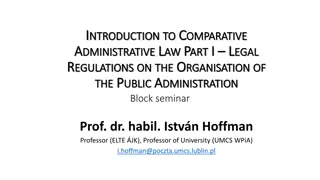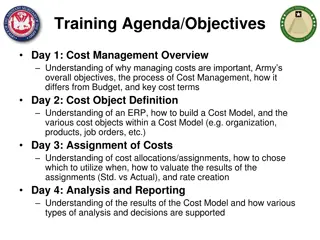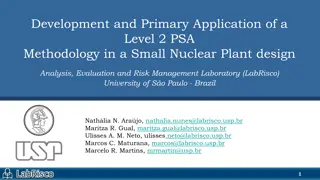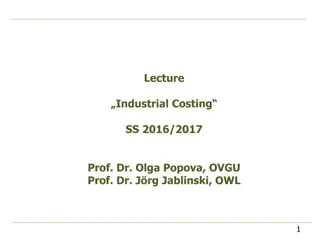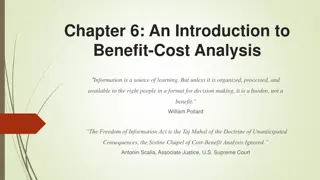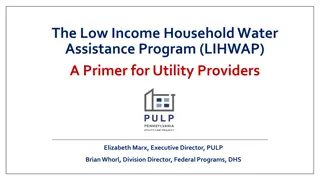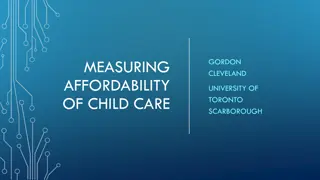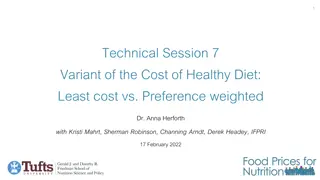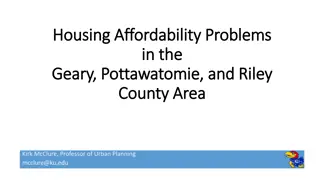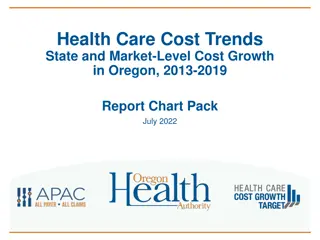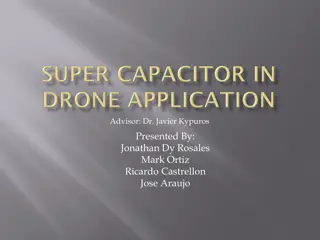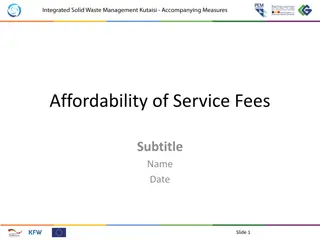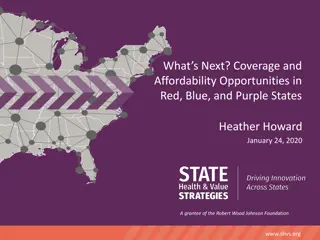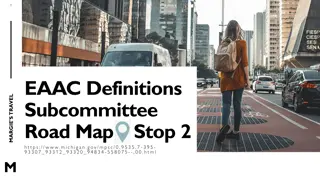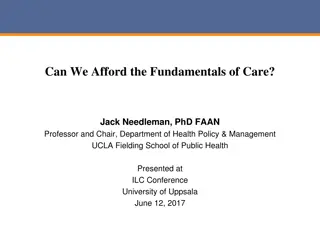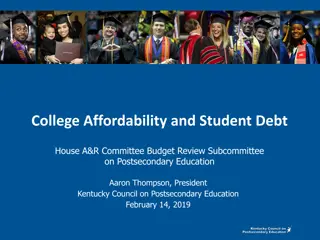SMR Affordability Analysis: Initial Cost Comparison & Future Trends
Preliminary findings on small modular reactors (SMRs) show initial costs higher than current generation sources but expected to decrease with deployment. Federal benefits can make SMRs cost-competitive. Models explore integrating SMRs to enhance energy reliability and affordability in Virginia's energy mix, considering benefits like hydrogen production and GHG reduction. The holistic approach aims to address energy demand gaps and ensure a well-rounded energy solution.
Download Presentation

Please find below an Image/Link to download the presentation.
The content on the website is provided AS IS for your information and personal use only. It may not be sold, licensed, or shared on other websites without obtaining consent from the author.If you encounter any issues during the download, it is possible that the publisher has removed the file from their server.
You are allowed to download the files provided on this website for personal or commercial use, subject to the condition that they are used lawfully. All files are the property of their respective owners.
The content on the website is provided AS IS for your information and personal use only. It may not be sold, licensed, or shared on other websites without obtaining consent from the author.
E N D
Presentation Transcript
Model #1- SMR Affordability Goal: Determine cost of SMR relative to other generation sources to ensure that ratepayers are not severely impacted in the move toward advanced nuclear. Preliminary Findings: The first SMRs are going to be $100 per MWh significantly above other current sources of generation such as new natural gas combined cycle at MWh approximately $70. Costs will decline over time as most experts believe that NOAK will be reached after 30-50 cores are deployed. Federal benefits under the IRA will reduce overall costs by up to 50% making SMRs cost competitive Model demonstrated that incorporating SMRs could present a path that is cheaper than VCEA s model. Model #2- VCEA Alternative Goal: Develop a path that creates better energy reliability and affordability by incorporating SMR s into the VCEA framework Model #3- Virginia Detail Energy Profile Goal: Evaluate Virginia s full energy mix to better understand optimal energy path Whole energy approach will evaluate the flaws in VCEA that exclude transportation and industrial applications from the plan Model will incorporate the higher growth view on demand forecast and will identify soft spots in energy landscape With the Energy Profile developed, work can commence on full plan to meet energy demand taking the holistic approach, which will provide a more well-rounded solution. Model Suppositions: SMRs incorporated in lieu of battery storage will be more reliable and affordable. SMRs will provide additional benefits, like hydrogen production on off-peak hours and waste heat to power industrial applications. The model will value those benefits by capturing GHG reduction gains. Additional hydrogen production will provide energy security by displacing imported natural gas
$ Millions $ BILLIONS Abandoned Mine Lands (formula) 342 State Energy Plan Federal Grant (formula) 9.5 TOTAL FUNDING IRA AND BIL 932 Greenhouse Gas Reduction 650 Clean Energy on Mined Lands 100 TOTAL ENERGY FUNDING 567 High Efficiency Electric Home Rebates 93 Comprehensive Home Rebates 93 Grid Innovation 50 TOTAL ENERGY GRANT FUNDING *open or coming soon 85.1 Enhancing Resiliency of the Electric Grid 27.5 Other Total 8 TOTAL PERSUED BY VIRGINIA ENERGY *estimated based on understanding of opportunities 1.44 1.44 Billion





